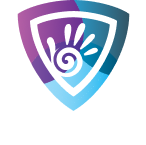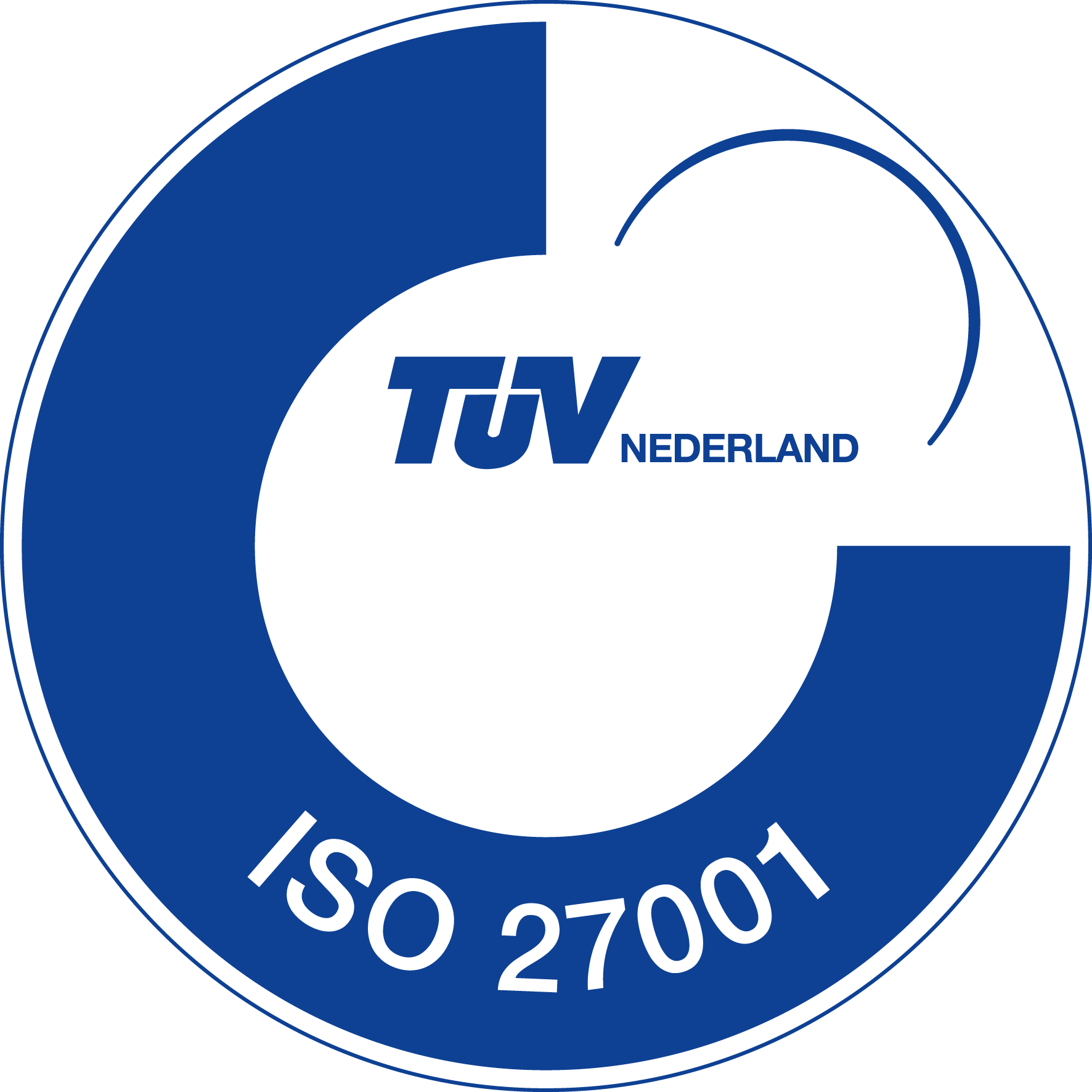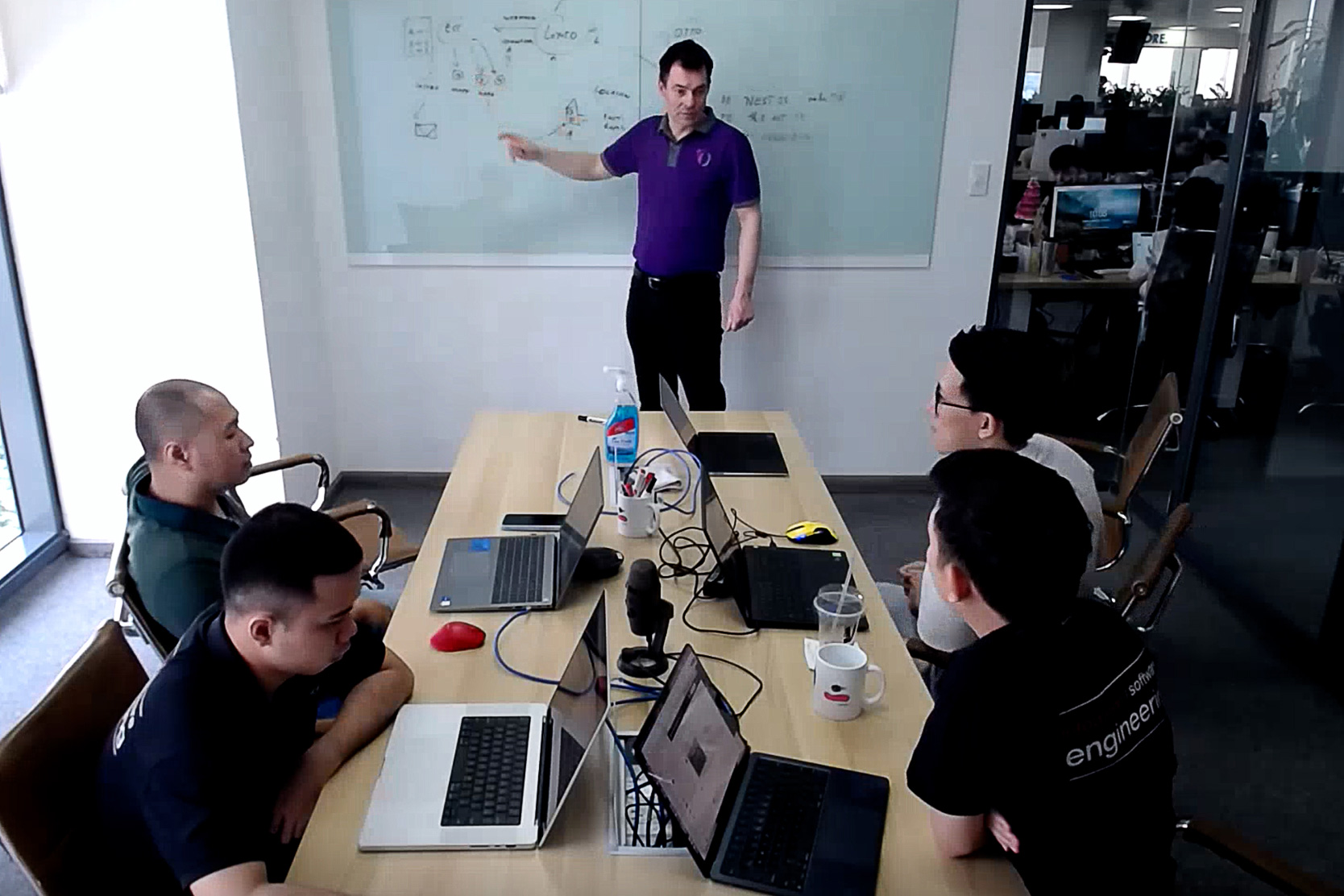
In this article, I’ll share what I’ve learned about what really makes complex business software projects succeed.
In short (TL;DR)
Successful software projects are rarely about technology. The real drivers are clear goals, smart prioritization, and trust. Software is just a tool — not the end itself. By focusing on what matters most now, moving the rest later, and working in true partnership, you don’t just build systems, you build success. In the end, it’s not about the tech. It’s about trust.
Technology is rarely the real problem
The most important lesson in my career as an architect: software is a means to an end, not the end itself. Clients aren’t looking for “software” — they’re looking for solutions to real problems. Once you clearly define the underlying problem, the technology usually isn’t the biggest hurdle.
Take, for example, a project we did for an international telecom provider. Their strategic goal was simple: grow quickly by acquiring smaller European companies and integrate them rapidly into their backend system. The technical task? Connect the IT systems of those acquired companies, migrate the data, keep everything running until all products were transferred, and then phase the systems out. And all of that, across multiple acquisitions at once.
Sounds complex? Technically, it was manageable.
The real challenge wasn’t technical integration. It was the speed of growth combined with the need to make every acquisition succeed with minimal effort and maximum certainty. That required a different mindset: process design, prioritization, and above all, clarity about what absolutely had to happen right away versus what could wait.
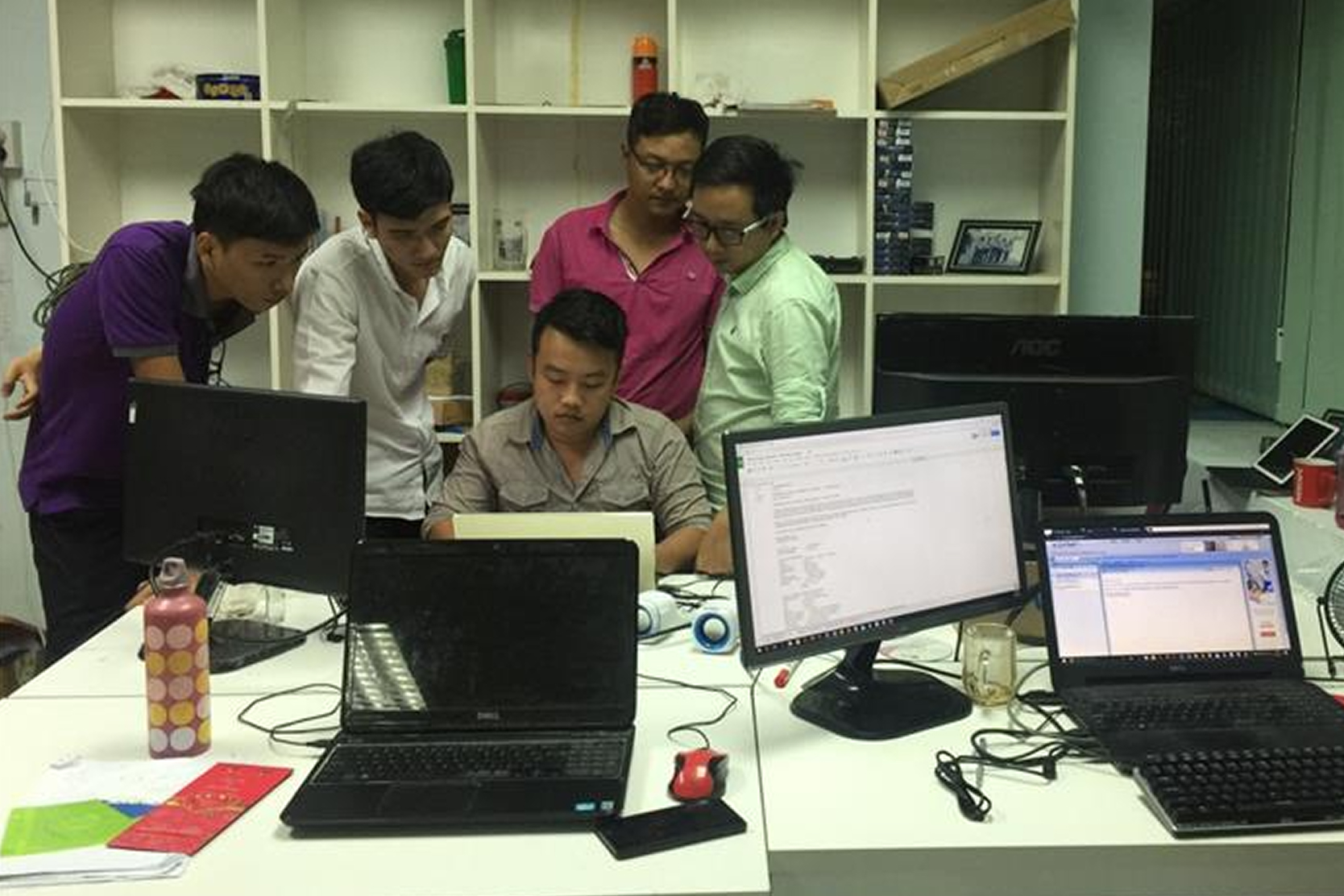
In B2B, it all comes down to priorities
In consumer apps, you can roll out features incrementally. Users adapt, give feedback, and you iterate. In business software, however, everything feels critical. So how do you decide what belongs in the MVP?
We experienced this firsthand at a large fiber network provider. They were rolling out multiple high-cost projects simultaneously. Their existing project management system couldn’t handle the scale anymore.
We rebuilt the system in a short time. But the real question was: what must go live immediately? We stripped it back to the essentials: the right people needed to get the right fiber installed, the maps had to be accurate, and homes had to be connected. That was the must-have.
Everything else — administration, workforce scheduling, management reports, alerts, vacations, even weather-related functions — was important but not urgent. We ensured the data was available, but the features to process and pass it on to other systems came later.
The beauty of this approach is that it allowed us to work closely with the client: “What do you need right now? Okay, then this month we’ll assign X number of people. After that, we’ll adjust depending on how much pressure your organization feels to add other functions.”
Dancing together without stepping on toes
Every client essentially wants the same thing: maximum certainty at minimal cost, delivered as fast as possible. That’s fine — it’s always been that way. The trick is finding a dynamic balance, learning to “dance together” without stepping on each other’s toes.
Sometimes a client says: “Here’s my budget for this month, give me the maximum you can deliver.” Other times it’s: “This feature is non-negotiable — I need it by this date.” We don’t have to lock down every detail upfront.
What we do need is mutual understanding. You can trust that we’ll always deliver the maximum within the budget you give us. But that dance only works if there’s trust. And trust means being open about uncertainties and limitations. That we can say: “This is new for us,” or “We haven’t worked at this scale before.” And that the client responds: “I trust you’ll figure it out.”
And we always do. But only when we do it together.
“The tech? We’ll figure that out. It’s all about trust.”
From intensive to routine
Every project starts intensely. You need to get to know each other, build trust, understand the technical landscape. That takes daily communication — sometimes multiple times a day.
But after a few months, things settle into a rhythm. The teams know each other, the system is up, and the project finds its cadence. Then a biweekly meeting is often enough: we show what we’ve delivered, agree on what’s next, and keep the backlog filled with exactly what the client needs at that moment.
And then comes the MVP milestone. That’s when something interesting happens. The client exhales: “Phew, it’s live.” We’re thinking: “Great, now let’s move toward version 1.0.” But the client’s organization often pauses: What have we learned from this MVP? Do we continue this way? Or has the world shifted so much that we need to reconsider?
Six months later, the phone rings: “We’re ready for version 1.0.” Then follow versions 1.1, 2.0, 3.0. It gets easier — as long as you stay in sync with the client’s tempo.
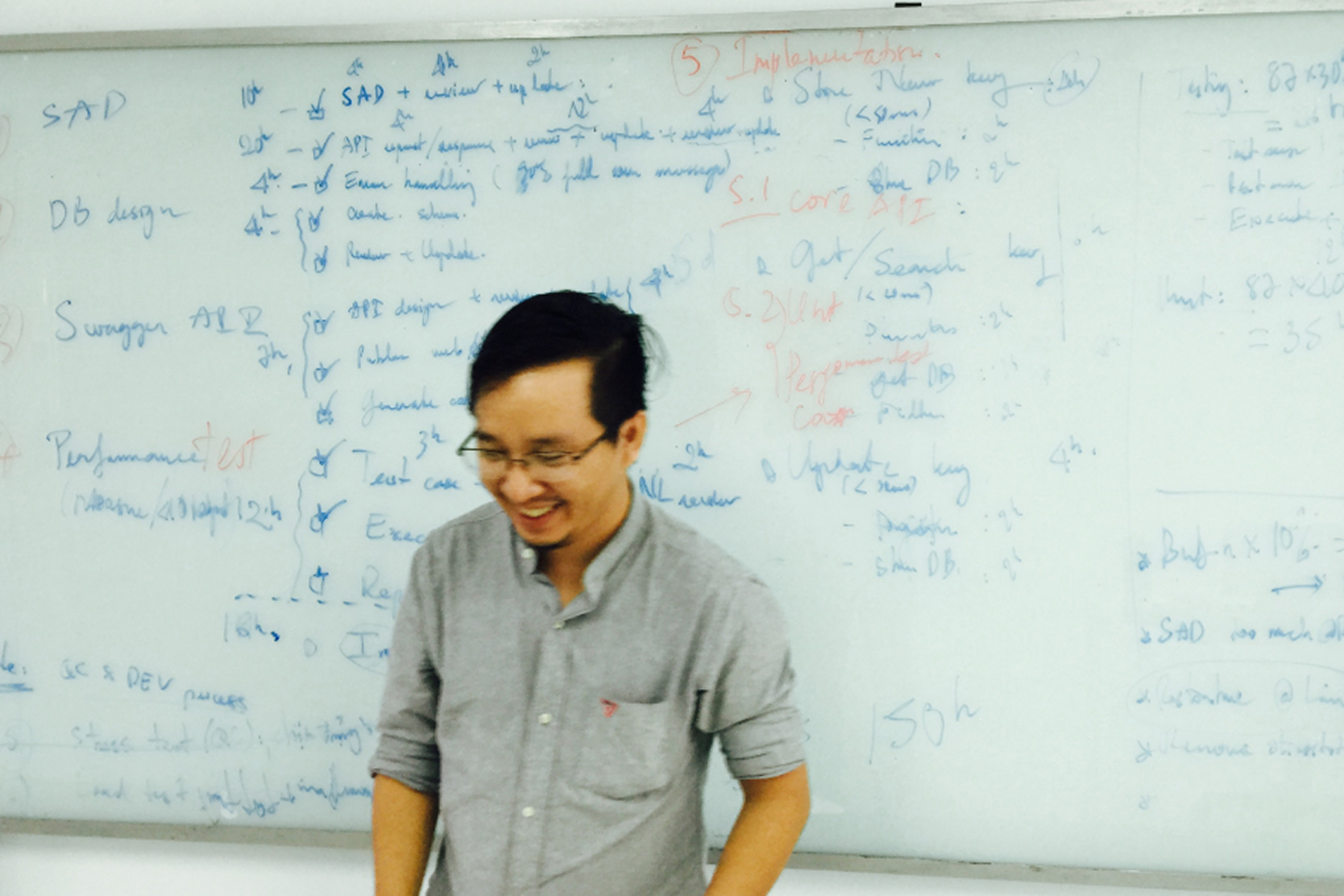
Who you work with matters
We build systems for large organizations — systems they depend on daily. That kind of reliability doesn’t come from quick tricks. We’ve invested years of learning and experience.
At some big-name software vendors, a one-off client might be assigned a junior team — people fresh from university experimenting on your project. That almost always leads to failure.
At Infodation, you get experienced senior developers who know what they’re doing. They understand the impact if numbers don’t add up or if systems don’t align. They’ve got their boots in the mud, know your processes, and understand exactly why they matter.
In the end, software is just the enabler of your goals, not the goal itself. Sound advice and true partnership are more valuable than technical tricks. That dance together — that partnership — is what makes the difference between a project that succeeds and one that only wastes money and time.
Because the technology? We’ll figure that out. It’s all about trust.








